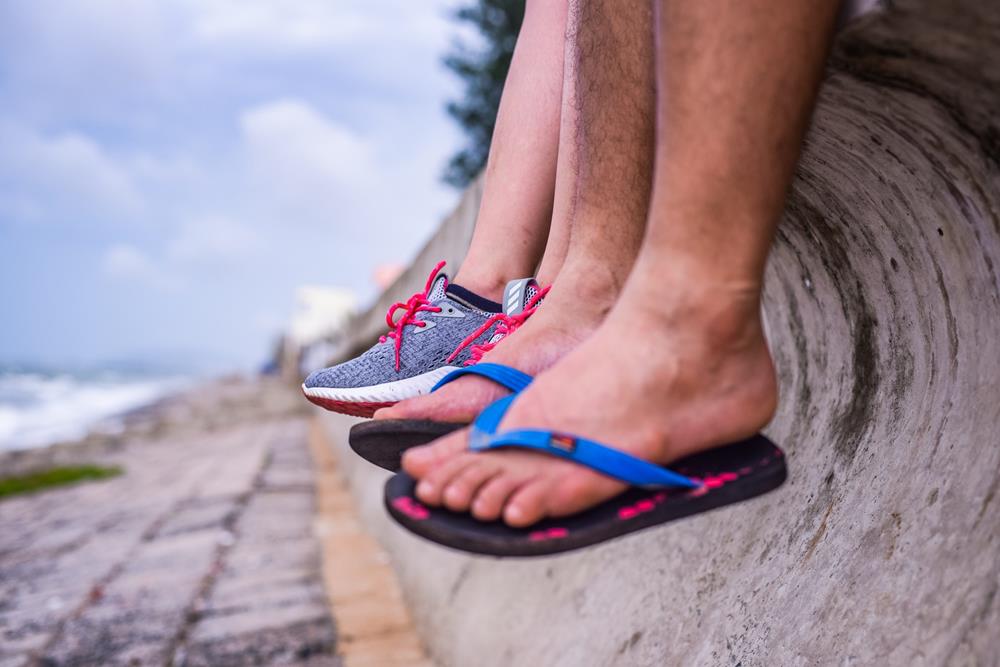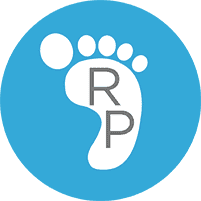
Dr. Patel can help patients suffering from foot conditions like flat feet with prescription orthotics. At his practices in Flushing and Nomad, NY, his patients from throughout New York City can undergo an assessment to have an orthotic device tailored specifically for their needs.
request an appointmentWhat are Flat Feet?
Most people have a rounded arch on the inside middle of their feet. This arch consists of the tendons and ligaments connecting the foot bones and the heel of the foot. These tendons are connected to other tissue in the feet and the legs to work together in the mechanics of walking and standing. When the tendons do not connect correctly, the arches may be small or even completely flat. This condition is called flat feet or fallen arches. A common test for flat feet is to thoroughly wet the feet, then stand on a dry surface to leave a footprint. Flat feet would be indicated by a print of the full foot instead of the comma shaped print left by a foot with normal arches.
What are Orthotic Devices?
Orthotics are devices which are typically worn in the shoe to comfort and support a person’s feet. These devices are available over the counter or can be prescribed and made especially for a unique person. Prescription orthotics are manufactured to fit specifically to the contours of the individual’s feet and work with the way that individual walks and stands. In order to adjust the person’s gait and help support his or her feet, the podiatrist will evaluate the patient’s issues and foot structure.
There are two types of orthotic devices:
- Functional orthotics correct abnormal motion. Additionally, they help to reduce foot pain related to tendonitis or injuries. They are made from semi-rigid plastics or graphite.
- Accommodative orthotics are softer and cushion and support the feet. They are often worn to accommodate diabetic foot ulcers, bunions, and painful calluses found on the bottom of feet.
These devices help to reduce the discomfort associated with conditions like plantar fasciitis, bursitis, foot, ankle, and heel pain, and tendonitis. Customized orthotics are more costly than over-the-counter inserts, however they are tailored precisely for the person and are usually more effective. They are also constructed from higher quality materials and will last several years. Medical insurance generally covers a portion of the cost.
What Treatments Are Employed for Flat Feet?
Treatment for flat feet will vary depending on how severe the condition and what is causing the issue. For milder cases, doctors can suggest:
- Injected corticosteroids to minimize discomfort and swelling
- Pain medicines like ibuprofen
- Physical therapy and stretching techniques
- Prescription orthotics which provide support like braces and/or casts
- Rest and ice to alleviate inflammation and pain
If the condition is not successfully treated or managed by these treatments, it could be more serious, and require surgery. Surgery is considered a last resort and only ordered when all other treatments have failed.
